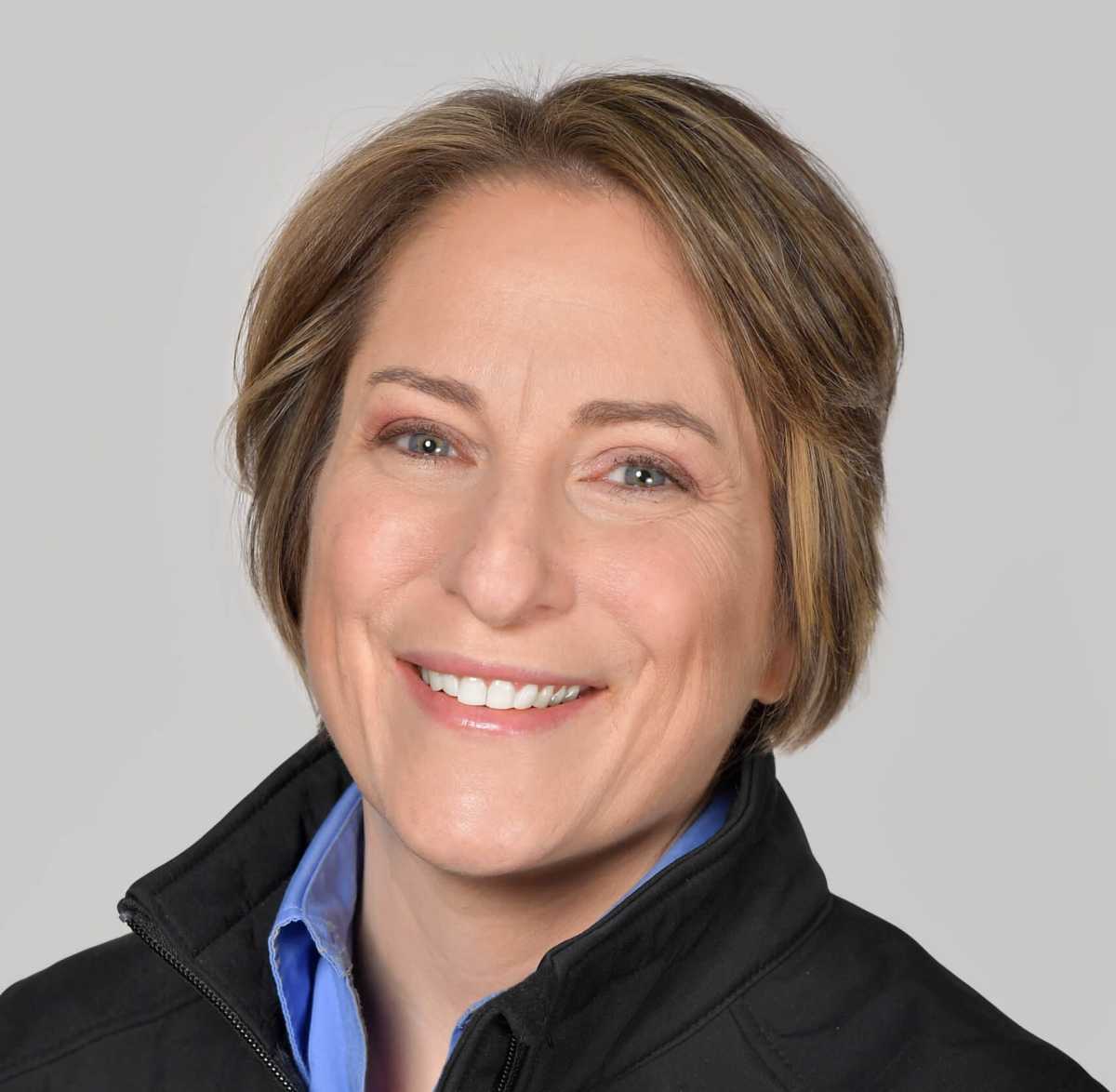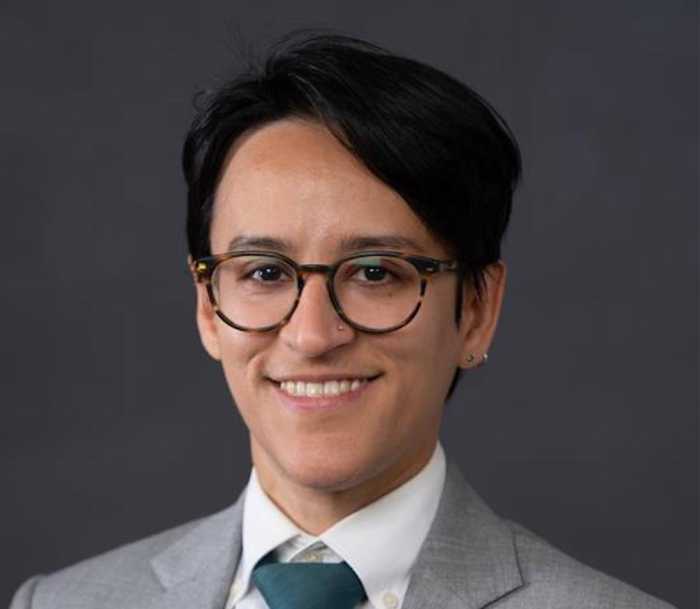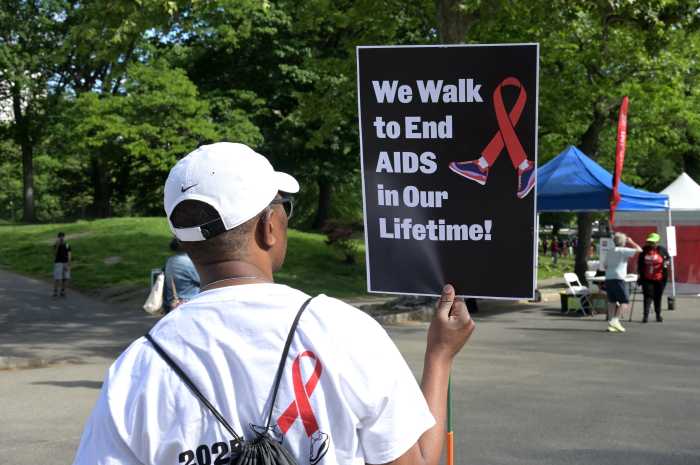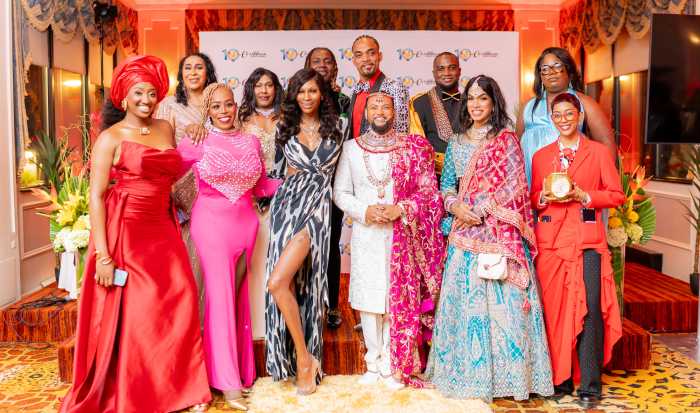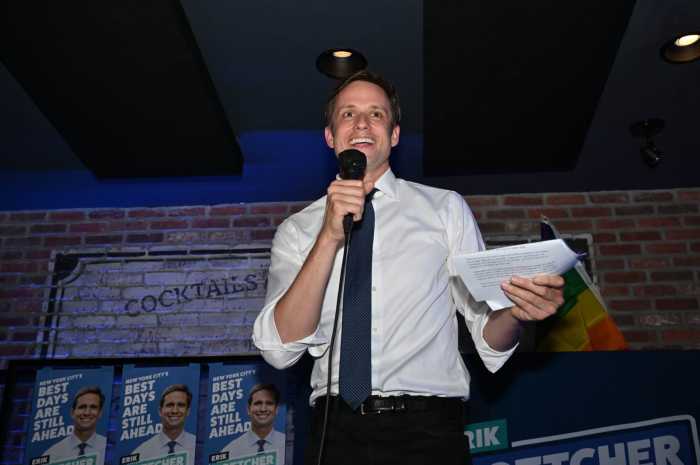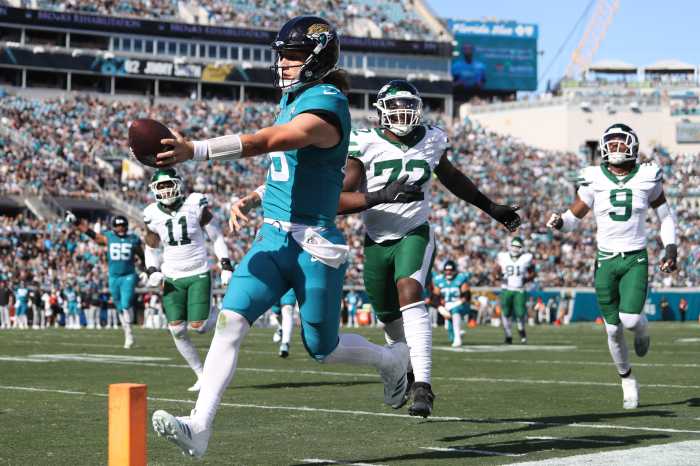On any given day in New York City, over 20 percent of the LGBTQ+ community is waking up unsure of where their next meal is coming from. That’s 1 in 5 LGBTQ+ New Yorkers struggling to put food on the table for themselves and their families. While food insecurity impacts many of our neighbors, it disproportionately affects those on the margins, and time and time again we see higher rates of hunger and poverty for our LGBTQ+ neighbors than for their non-LGBTQ+ peers.
In fact, according to the most recent data from the Williams Institute, the rate of poverty amongst LGBTQ+ Americans before the onset of COVID-19 was 76% higher than the national average. And we know that this disparity has only gotten worse as individuals have navigated the challenges of the pandemic and, more recently, inflation.
At Food Bank For New York City, we recognize that food insecurity and poverty for our LGBTQ+ neighbors is complicated by several factors. Despite widespread non-discrimination protections in New York State, the truth is that many still experience rampant discrimination in the realms of housing, employment, education, and healthcare. Put simply, there are many issues that make it difficult for LGBTQ+ people to access the resources they need, especially for those most marginalized within the community itself, including (but not limited to) transgender people, non-binary individuals, seniors, people of color, and those living with HIV.
To help fill in the gaps for LGBTQ+ New Yorkers, we partner with and provide food to community-based organizations across the five boroughs that are able to serve the unique and varied needs of their neighbors. Our partnership with SAGE, for example, allows us to feed and nourish older LGBTQ+ adults who lean on the organization for community and support. We also regularly provide food to GMHC, who serves nutritious, heart-healthy meals to New Yorkers living with HIV, and Make the Road New York, who uplifts transgender and immigrant communities throughout Brooklyn and Queens. These are just a few of the partners we work with to ensure that LGBTQ+ New Yorkers not only have access to food, but to the nutrition education workshops, housing support, workforce development, mental health and emotional counseling services, and other vital programs they need to thrive.
At the end of the day, the LGBTQ+ community is no monolith, and fighting against food insecurity within it requires a multi-faceted approach. It requires acknowledging that many people’s LGBTQ+ identities intersect with other identities that further complicate their lived experiences. Understanding that nuance is key to mobilizing resources in service of this special community.
As president & CEO of the city’s largest and longest-running hunger relief organization, I am proud to lead a team committed to protecting the dignity of all New Yorkers. At Food Bank, we not only serve the 1 in 5 LGBTQ+ New Yorkers facing food insecurity, but do it with joy, love, and pride. There is no room for hate on our pantry line — we feed and nourish all our neighbors, no matter who they are or how they identify.
To join us in this critical work, visit foodbanknyc.org/lgbtqi. There, you’ll find impact data, resources, and information you can use to help us support LGBTQ+ New Yorkers. Together, we can ensure that our neighbors not only have the food they need for today, but the programming and resources they need to achieve stability into tomorrow and beyond.

